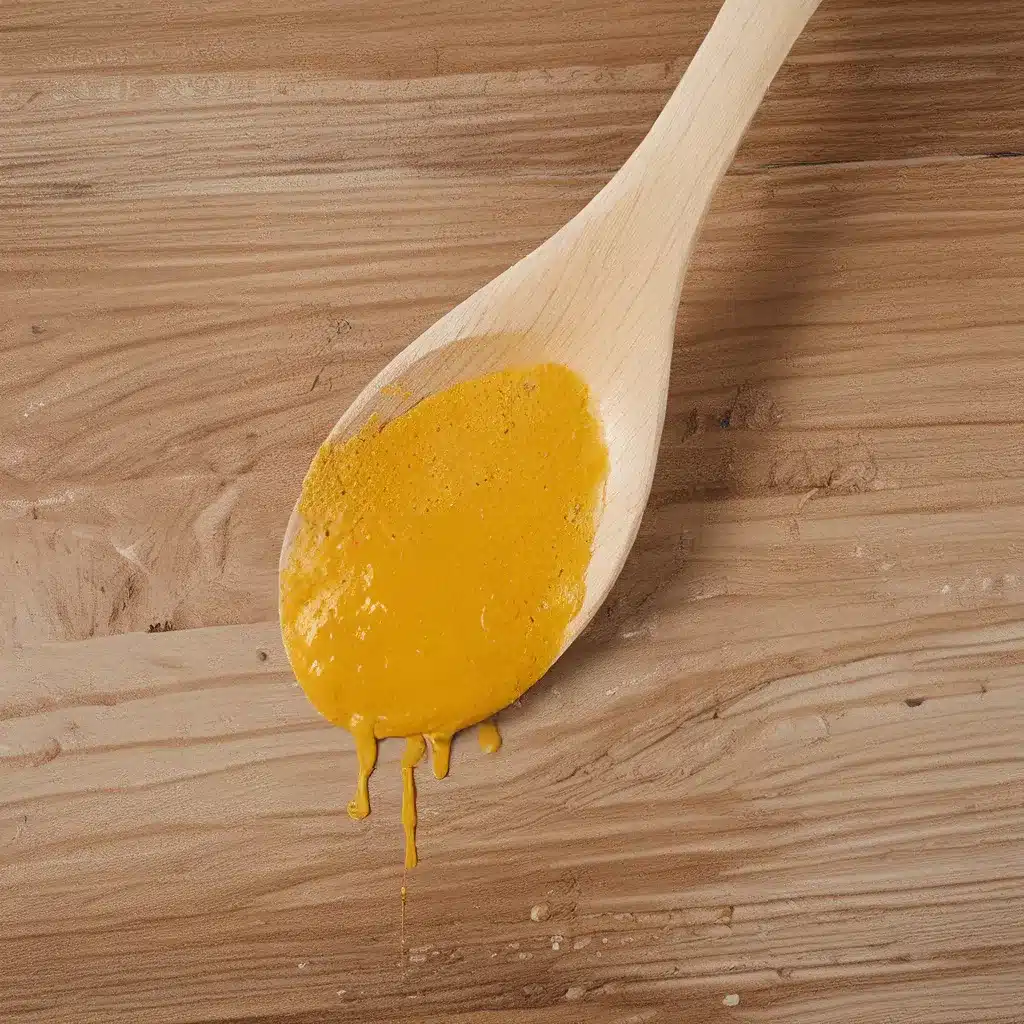The Importance of Removing Pet Dander
As a pet owner, I understand the joy and companionship that our furry friends bring into our lives. However, pet dander can be a significant source of allergens and can cause a range of respiratory issues for both pet owners and guests. Removing pet dander from all surfaces in your home is crucial for maintaining a healthy and comfortable living environment.
Pet dander consists of tiny flecks of skin that are shed by animals with fur or feathers. These microscopic particles can become airborne and accumulate on various surfaces, including furniture, floors, and even the air you breathe. Exposure to pet dander can trigger allergic reactions, such as sneezing, itching, and even asthma attacks, making it essential to address this problem effectively.
In this comprehensive guide, I will delve into the strategies and techniques for removing pet dander from all surfaces in your home. I will cover the importance of regular cleaning, the use of specialized equipment, and the implementation of preventative measures to keep your living space clean and allergen-free.
Understanding the Nature of Pet Dander
To effectively remove pet dander, it is crucial to understand the nature of this allergen. Pet dander is composed of tiny skin cells that are shed by animals with fur or feathers, such as dogs, cats, rabbits, and even birds. These microscopic particles can become airborne and settle on various surfaces throughout your home.
The size of pet dander particles can vary, with some being as small as 2.5 microns in diameter. This small size allows them to remain suspended in the air for extended periods, making them difficult to capture and remove. Additionally, pet dander can cling to fabrics, carpets, and other porous surfaces, making it challenging to eliminate entirely.
Understanding the characteristics of pet dander is the first step in developing an effective removal strategy. By recognizing the nature of this allergen, I can better equip you with the necessary tools and techniques to tackle the problem at its source.
Identifying the Sources of Pet Dander
The first step in removing pet dander from all surfaces is to identify the primary sources of this allergen in your home. As a pet owner, I know that our furry friends are the primary contributors to the presence of pet dander, but there are other potential sources to consider as well.
Pets themselves, particularly their fur, skin, and saliva, are the most obvious sources of pet dander. However, other areas of your home can also accumulate this allergen, such as:
- Furniture, including couches, chairs, and beds
- Carpets and rugs
- Curtains and window treatments
- Air vents and ductwork
- Bedding, including sheets, blankets, and pillows
- Clothing, especially those worn by the pet owner
By identifying the various sources of pet dander in your home, I can develop a comprehensive cleaning and prevention plan to tackle the problem effectively.
Implementing a Comprehensive Cleaning Routine
Removing pet dander from all surfaces in your home requires a comprehensive cleaning routine that addresses the problem at multiple levels. This approach includes regular vacuuming, dusting, and the use of specialized cleaning tools and techniques.
Vacuuming
Regular vacuuming is one of the most effective ways to remove pet dander from carpets, rugs, and upholstered furniture. It is essential to use a vacuum cleaner equipped with a HEPA (High-Efficiency Particulate Air) filter, as these filters are designed to capture even the smallest pet dander particles.
When vacuuming, I recommend paying close attention to high-traffic areas, such as entryways, living rooms, and bedrooms, where pet dander is most likely to accumulate. Additionally, be sure to vacuum under furniture, in crevices, and along baseboards to ensure that no hidden pockets of pet dander remain.
Dusting
Dusting is another critical component of a comprehensive pet dander removal strategy. Regularly wiping down surfaces with a microfiber cloth or damp mop can effectively capture and remove pet dander from hard surfaces, such as tables, shelves, and windowsills.
When dusting, I suggest using a damp cloth or mop to prevent the pet dander from becoming airborne and redistributing throughout the room. Additionally, it’s essential to clean all surfaces, including hard-to-reach areas, to ensure that no pet dander is left behind.
Specialized Cleaning Tools
In addition to regular vacuuming and dusting, the use of specialized cleaning tools can greatly enhance the effectiveness of pet dander removal. Some of the most useful tools include:
- Pet hair removers: These specialized rollers or brushes are designed to effectively remove pet hair and dander from fabrics and upholstery.
- HEPA air purifiers: These air purifiers are equipped with advanced filtration systems that can capture even the smallest pet dander particles, helping to improve indoor air quality.
- Microfiber mops and cloths: Microfiber materials are highly effective at trapping and removing pet dander from various surfaces.
- Squeegees: Using a squeegee on hard surfaces, such as windows and mirrors, can help remove pet dander and prevent it from redepositing.
By incorporating these specialized cleaning tools into your routine, you can ensure a more thorough and effective removal of pet dander from all surfaces in your home.
Preventing the Accumulation of Pet Dander
While comprehensive cleaning is essential for removing pet dander, it’s also crucial to implement preventative measures to minimize the accumulation of this allergen in your home. By taking proactive steps, you can maintain a cleaner and healthier living environment for both you and your furry companions.
Grooming Your Pets Regularly
One of the most effective ways to prevent the buildup of pet dander is to groom your pets regularly. Brushing your pet’s fur and bathing them on a routine schedule can help to reduce the amount of loose hair and skin cells that are shed, which in turn reduces the amount of pet dander in your home.
When grooming your pets, I recommend using specialized pet brushes and combs that are designed to effectively remove loose hair and dander. Additionally, consider taking your pet to a professional groomer on a regular basis to ensure that their coat is well-maintained and their shedding is minimized.
Improving Indoor Air Quality
Enhancing the indoor air quality in your home can also play a significant role in preventing the accumulation of pet dander. By using high-efficiency air purifiers and HEPA filters in your HVAC system, you can help to capture and remove airborne pet dander particles before they have a chance to settle on surfaces.
Additionally, I suggest opening windows regularly to allow for natural air circulation and the introduction of fresh, clean air into your home. This can help to dilute the concentration of pet dander in the air and reduce the overall allergen load.
Designating Pet-Free Zones
Establishing pet-free zones within your home can also be an effective strategy for preventing the spread of pet dander. Consider designating certain rooms, such as bedrooms or home offices, as off-limits to your furry friends. This can help to minimize the amount of pet dander in these sensitive areas and create a haven for those with allergies or respiratory sensitivities.
By implementing these preventative measures, you can significantly reduce the accumulation of pet dander in your home and maintain a cleaner, healthier living environment for everyone.
Addressing Stubborn Pet Dander Challenges
Despite your best efforts, there may be instances where pet dander remains a persistent problem in your home. In such cases, it’s essential to address these stubborn challenges head-on to ensure a thorough and effective removal of this allergen.
Tackling Difficult Surfaces
Certain surfaces, such as carpets, upholstered furniture, and window treatments, can be particularly challenging when it comes to removing pet dander. These porous materials can trap and hold onto pet dander particles, making them difficult to eliminate.
To tackle these stubborn surfaces, I recommend using a combination of specialized cleaning techniques, including:
- Steam cleaning carpets and upholstery to penetrate deep into the fibers and dislodge trapped pet dander
- Utilizing a pet hair remover tool to effectively lift and remove pet hair and dander from fabrics
- Regularly washing curtains, window treatments, and other textiles to remove accumulated pet dander
By employing these targeted approaches, you can effectively address the most challenging surfaces in your home and ensure a thorough removal of pet dander.
Addressing Airborne Pet Dander
In addition to the surfaces in your home, airborne pet dander can also be a persistent problem. This is particularly true in homes with poor air circulation or high levels of pet activity.
To address airborne pet dander, I suggest incorporating the use of high-efficiency air purifiers with HEPA filters. These devices can effectively capture and remove even the smallest pet dander particles from the air, helping to improve indoor air quality and reduce the overall allergen load.
Furthermore, I recommend regularly changing the filters in your HVAC system to ensure that the air circulating throughout your home is as clean and allergen-free as possible.
Seeking Professional Assistance
In some cases, the challenges posed by pet dander may be too complex or overwhelming to address on your own. When faced with persistent or severe pet dander issues, it may be beneficial to seek the assistance of professional cleaning services, such as the ones offered by AdamCleaning.uk.
Professional cleaners have the expertise, equipment, and specialized techniques to thoroughly and effectively remove pet dander from all surfaces in your home. They can also provide guidance on implementing preventative measures and maintaining a clean, allergen-free living environment.
By leveraging the expertise of professional cleaning services, you can ensure that your home is free from the harmful effects of pet dander, allowing you and your family to breathe easier and enjoy a healthier living space.
Conclusion
Removing pet dander from all surfaces in your home is a crucial task for maintaining a clean, healthy, and allergen-free living environment. By understanding the nature of pet dander, identifying its sources, and implementing a comprehensive cleaning routine, you can effectively tackle this challenge.
Remember to incorporate preventative measures, such as regular pet grooming, air quality improvement, and the designation of pet-free zones, to minimize the accumulation of pet dander. When faced with stubborn challenges, don’t hesitate to seek the assistance of professional cleaning services, such as those offered by AdamCleaning.uk.
By following the strategies and techniques outlined in this guide, you can take control of the pet dander in your home and enjoy a cleaner, more comfortable living space for both you and your furry companions.







